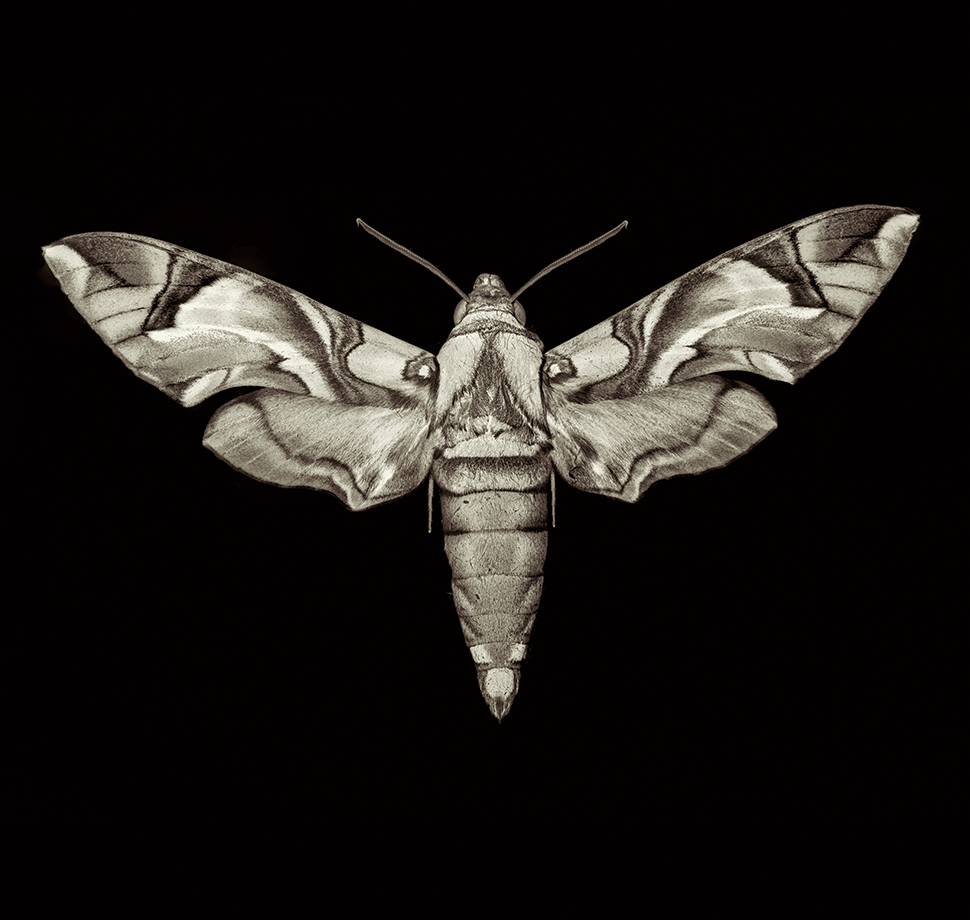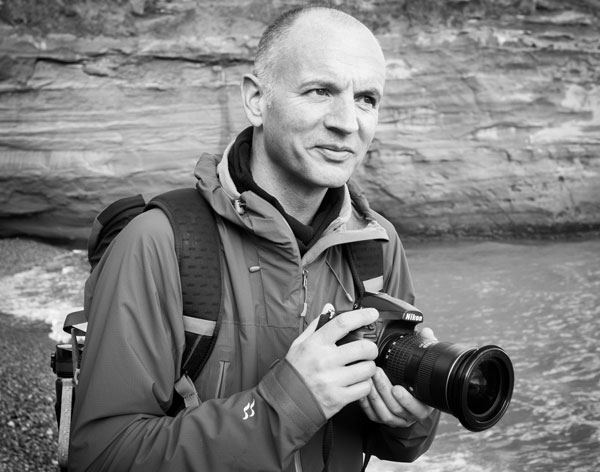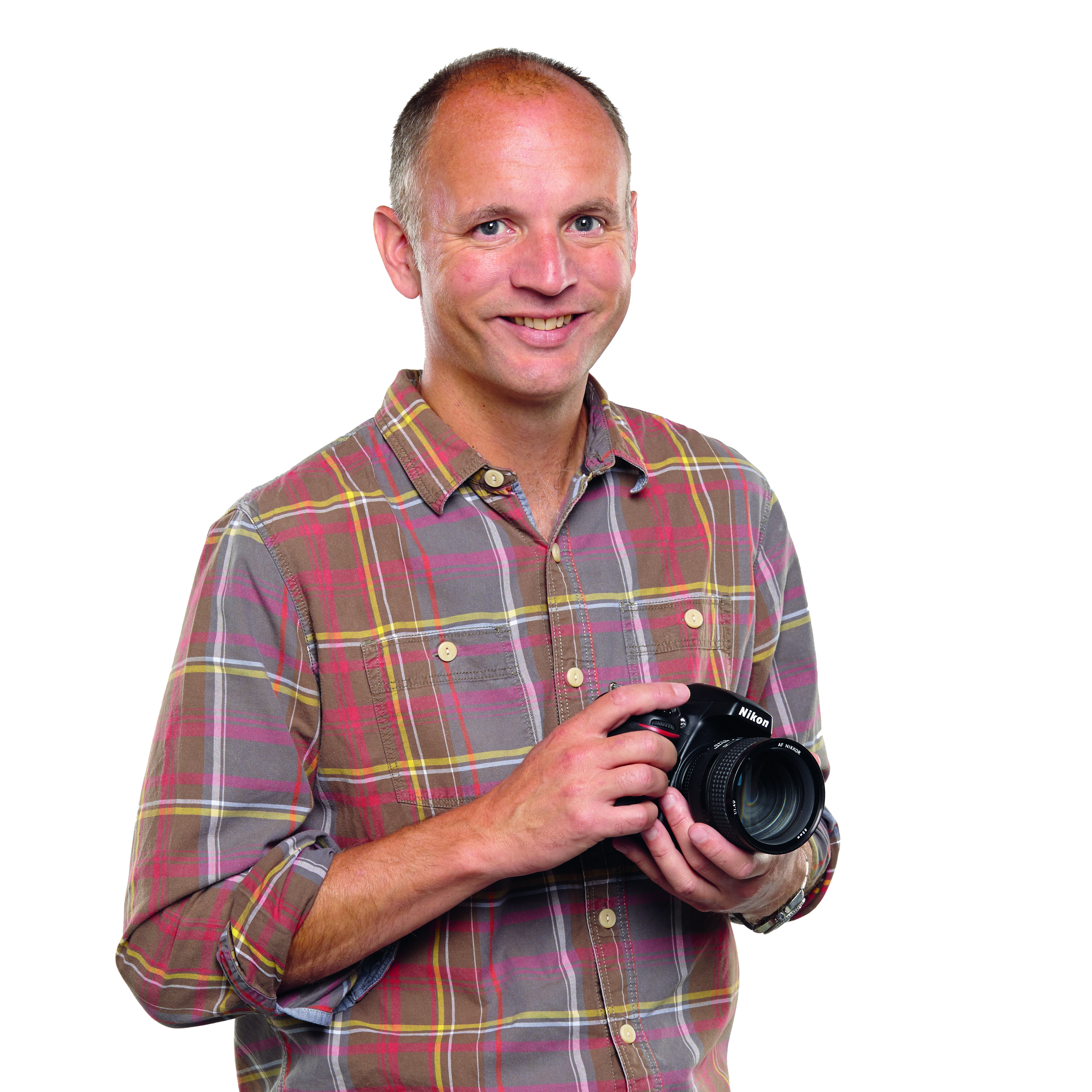“I wasn’t getting the pencil-like luminance I wanted until I inverted the whole photo”
The Art of Seeing #39: Benedict Brain uses focus stacking to dive into the world of macro – with a creative twist or two


Benedict Brain is a UK-based photographer, journalist and artist. He is an Associate of the Royal Photographic Society and sits on the society’s Distinctions Advisory Panel. He is also a past editor of Digital Camera Magazine, and the author of You Will be Able to Take Great Photos by The End of This Book.
A while ago, I became a Sigma Ambassador, and started using the Sigma fp L camera and a bunch of L-Mount lenses. I’m not a hardcore techhead. I value ideas, creativity and ‘seeing’ over drooling over the latest camera tech; that said, I believe passionately that choosing the right tools is a vital part of the creative process.
I continued to shoot with my much-loved medium-format Fujifilm, but I also used the Sigma fp L alongside it for projects where its unique characteristics were more appropriate. The camera’s small size, high resolution and great range of lenses made an attractive proposition. I could see it fitting nicely into my creative toolbox; I was also seduced by its unconventional styling and approach. I was genuinely taken by the values and ethics of the company when I visited the Sigma factory in Aizu, Japan, in 2016 and met with CEO Kazuto Yamaki. I was editor of Digital Camera at the time.
One of my first shots with the fp L was this macro image of a moth, inspired by the wonderful drawings of talented graphite artist Kirstin Kunhardt. Her delicate, precise work has a glowing radiance; I challenged myself to see if I could get close to capturing this vibe using a camera. The Sigma 70mm f/2.8 DG Macro | Art was perfect for the job; using this in conjunction with the focus bracketing feature on the fp L, I was able to shoot 10 images at different focus points. I merged these in Photoshop for an image with complete sharpness.
I photographed the moth against a lightbox but I wasn’t getting the pencil-like luminance I wanted until I inverted the whole image, effectively making it a negative. Suddenly it seemed to get close to the effect I was after. I’m now seduced by the aesthetic of photographing specimens this way, so I’ve ordered more insects (all ethically sourced, of course) to make a small collection…
• Other articles in the Art of Seeing series
Read more:
• The 50 best photographers ever
• 100 best photography quotes from famous photographers
• The best coffee-table books on photography
Get the Digital Camera World Newsletter
The best camera deals, reviews, product advice, and unmissable photography news, direct to your inbox!
Benedict Brain is a UK based photographer, journalist and artist. He graduated with a degree in photography from the Derby School of Art in 1991 (now University of Derby), where he was tutored and inspired by photographers John Blakemore and Olivier Richon, amongst others. He is an Associate of the Royal Photographic Society and also sits on the society’s Distinctions Advisory Panel.
Until July 2018 Benedict was editor of Britain’s best-selling consumer photography magazine, Digital Camera Magazine. As a journalist he met and interviewed some of the world’s greatest photographers and produced articles on a wide range of photography related topics, presented technique videos, wrote in-depth features, curated and edited best-in-class content for a range of titles including; Amateur Photographer, PhotoPlus, N-Photo, Professional Photography and Practical Photoshop. He currently writes a regular column, The Art of Seeing, for Digital Camera magazine.

